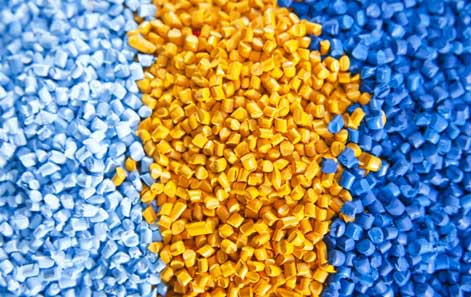Determination of melt flow rate is very important for an industry to choose the right raw material. Melt flow index tester is designed exactly as defined by the national and international testing standards. The standards involved are ISO 1133, JIS K 7210, ASTM D1238 as a general method and ASTM D3364 for tests on PVC.
In this post, we would discuss some testing methods to determine the flow rate.
- MFR
- MFV
- ASTM D1238
- Multi-Stage Tests
Method A: MFR – Melt Mass-Flow Rate
In this test, the granules are heated to the melting point and made to flow out from the die of predefined dimensions for 10 minutes. The results will get the mass per unit of time in g/10 min. The MFR obtained is largely dependent on the accuracy with which the test is performed. The load applied should be uniform throughout the barrel. The orifice or die should be designed precisely as per the standards. The cutting should be taken care of or an automatic cutter is used to cut the extrudates. The weighing machine should be calibrated and sensitive to measure the small quantity weights.
Method B: MVR – Melt Volume Flow Rate
In this test, the granules are heated to the melting point and made to come out from the die. In this test, there is a piston transducer on the barrel. The MVR result is the extruded material volume per unit of time and is expressed in cm³/10 min. In this test, the weight of molten plastic is not observed, instead, the travelling of piston is recorded for a time duration of 10 minutes. In this test, there is no need to cut the extrusion immediately after completion of the test. As it measures the travelling of piston. High accuracy can be achieved with synchronised travel time.
Method C – ASTM D1238
A die of height 8.00mm and a bore diameter of 2.095 mm is used for the measurement of MFR. For samples having MFR greater than 75g/10 min, the size of die becomes half-height / half bore diameter, i.e. 4.00 / 1.050 mm.
Method D – ASTM D1238: multi-stage tests
In this test, several fillings are used when simple extrusion plastometers are used. It is equipped with an automatic load change unit which can measure multiple load levels from single filling. With many polyolefins, it is usual to state the MVR value for different load-levels and determine the flow-rate ratio (FRR).
